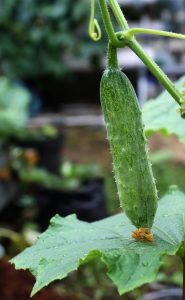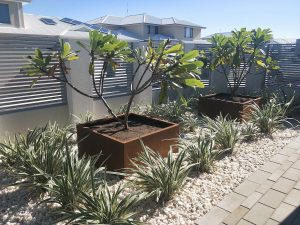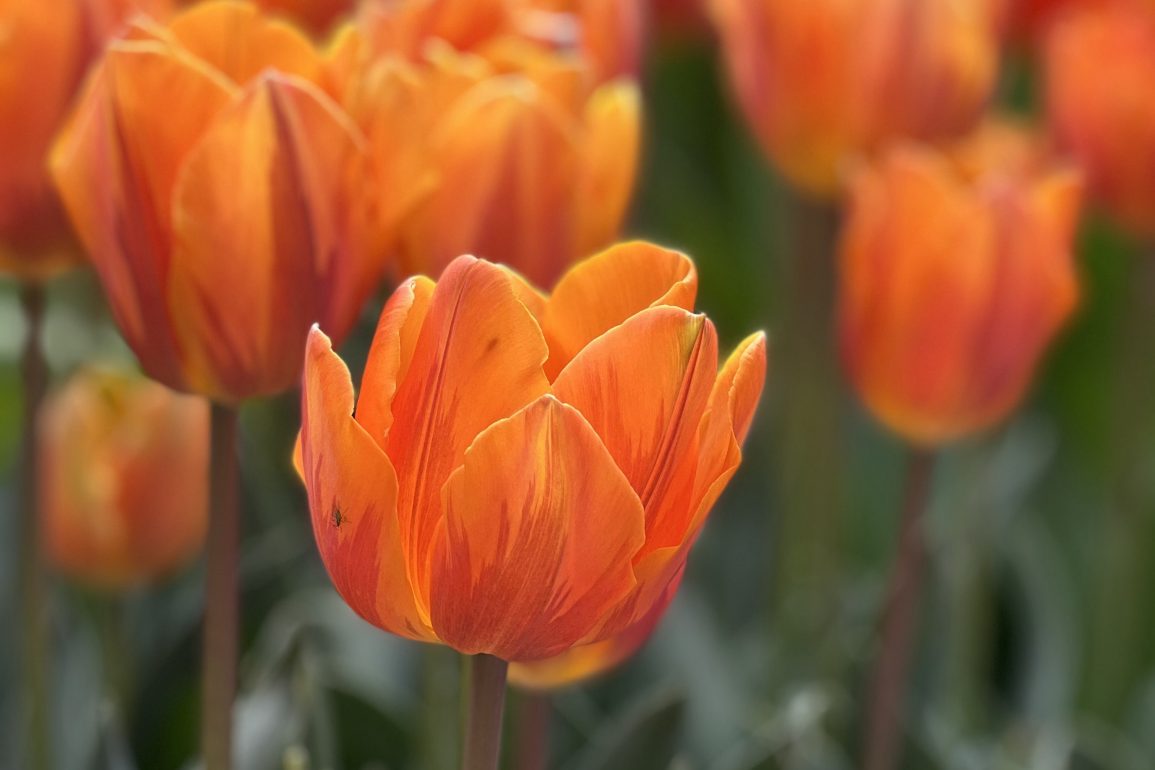Tips for Your Eco Garden in May – With the bulbs fading and the herbaceous border overflowing it’s clear that summer is fast approaching, it is time to look at your eco garden for May.
Sowing and planting out bedding can begin in some areas of the UK, depending on regional weather variations. It’s also time to get back into the lawn-mowing regime, a fortnight of showers having likely left the mower in the shed and this month’s warmer temperatures adding to the rampant growth of your grass.
Things to do…
Flowers, Fruit, and Veg.
It’s time to start sowing and planting – tubs and window boxes can be planted up with summer bedding in milder areas in preparation for the flowering season.
Keep on top of general gardening tasks by deadheading tulips and daffodils and regularly hoeing off the weeds before they get out of hand.
Cucumbers are becoming a more and more popular vegetable to grow, just look at the array of varieties on offer through all the top UK seed companies, these can be sown anytime from now through the end of May.
 Cucumber Growing Top Tips
Cucumber Growing Top Tips
Outdoor or container
For outdoor plants in the soil or a large patio container, Simon Crawford, breeder at Burpee Europe, would recommend ‘Bush Champion’ or for a gherkin ‘Goblin’. Sowing the last week of April and keeping plants frost free until planting the first week of June should provide a crop from mid-late July.
Bush Champion is a slicing cucumber and has a few hairs on the fruit but these can be easily brushed off by hand and the 12cm long cucumbers can be sliced for use in salads, sandwiches or adding to cocktails
Cold greenhouse
For cold greenhouse plantings, try ‘Merlin’ or ‘Party Time’. Both varieties are ‘all-female and produce fruit prolifically over a long season. Try sowing now and again in about four weeks so you have a good succession of cucumbers all summer long. Both varieties can be trained up a bamboo cane or string and will produce fruits at each leaf node where the flowers are formed.
There has been a lot of research on the health benefits of cucumbers. Despite being low in calories they are high in nutrients and contain a wide selection of vitamins and minerals. They have been seen to boost the immune system and as they are around 95% water, are great for hydrating the body!
Sweetcorn is another firm favourite. Sweetcorn loves the sun, so whilst there is still a little risk of frost, it is best to start off indoors. But you can also wait until the soil warms up and plant directly outside if that is your preference. You can sow the seeds from April right through until the end of June. When they are ready plant out, and as sweetcorn is pollinated by wind, placing them in blocks rather than rows offers the maximum growing potential.
The health benefits of sweetcorn include B vitamins, iron, fibre protein and potassium. Lutein and zeaxanthin are also present as well as two phytochemicals that promote healthy vision.

Raised Bed Planter Solutions – With the gardening season well and truly up and running, the Straightcurve raised planter solutions are ideal for:
- Square/Rectangular free-standing beds
- Retaining walls
- Long ‘garden barrier’ beds
- Hard surface Areas, i.e., patios and rooftops
- L and U-shaped planter beds
Covered by a 10-year guarantee and perfect for growing vegetables or other plants. The Straightcurve fixed height raised planter boxes can also be used as retaining walls, storage boxes and outdoor furniture bases. They are very easy to install with hidden fixings and bolt down capabilities.
Water in the garden is a great attraction for biodiversity. Any water that runs down a gentle slope into a depression is a wonderful opportunity to create a mini wetland or pond and a wildlife-friendly environment. Plants suitable for growing in these low-lying places include tree ferns, arum, aristae, sedge, crinum lily, wild iris (dietes), moraea, dwarf glory bush (Dissotis canescens) and red-hot pokers (kniphofia).
Trees and shrubs
Creating a rich habitat of trees, shrubs and flowers is the key to providing wildlife with year-round food.
Include a variety of plants: evergreens, fruit trees, colourful cottage garden plants, annuals, and wildflowers to prolong flowering and fruiting times and give a year-round food resource.
A well-managed area of trees, shrubs and flowering plants of different structures will support many kinds of wildlife. Ranges of different structures and ages have many benefits, such as somewhere for birds and insects to breed, feed and shelter.
This is the key time to clip evergreen hedges, before too much growth destroys the shape, but do take care and check for nesting birds before clipping.
Greenhouse
Apply shade paint to the outside of the glass or use blinds on sunny days to prevent sunshine from damaging plants. On warmest days open doors and vents to increase ventilation.
Damp down the floor of the greenhouse regularly on hot days, to increase humidity levels. This benefits plant growth and reduce the risk of pest problems such as glasshouse red spider mites.
Lawns
Ensure new lawns (either from turf or seed) do not dry out and try to keep off them for as long as possible to allow the new grass to establish well.
Birds and Wildlife
If you are putting food out for the birds in the garden, there is always a risk of cats catching them. To help prevent this here are a few simple measures:
- Avoid putting food on the ground; use a tall bird table that cats cannot reach.
- Place feeders high off the ground but away from surfaces from which a cat could jump.
- Place spiny plants (such as holly) or an uncomfortable surface around the base of the feeding station to prevent cats from sitting underneath it.
- Place an upturned tin or cone underneath the table to prevent cats from climbing the post.
- Make the table stand slippery using a metal post, or plastic bottles around non-metal posts.
Plant wildlife-friendly vegetation, such as prickly bushes and thick climbers in the garden to provide secure cover for birds.
These should be close enough to where birds feed to provide cover, but not so close that cats can use them to stalk birds. This kind of planting may also provide food and nesting sites.
Reclaim and Recycle
Collect your rainwater and investigate ways to recycle water for irrigation. A simple solution is a water butt or rain barrel. It’s not only environmentally friendly but will cut your water bills too.
Another money saver is solar lighting in the garden. The sun’s energy is clean, endless, and free. Solar lights work by using a small solar panel, which you place in a location where it can absorb light from the sun. The panel converts the light it has absorbed in the daytime into enough electricity to keep the lights on all night.
That way you can take full advantage of your garden even when the sun goes down.
Lilly Light


